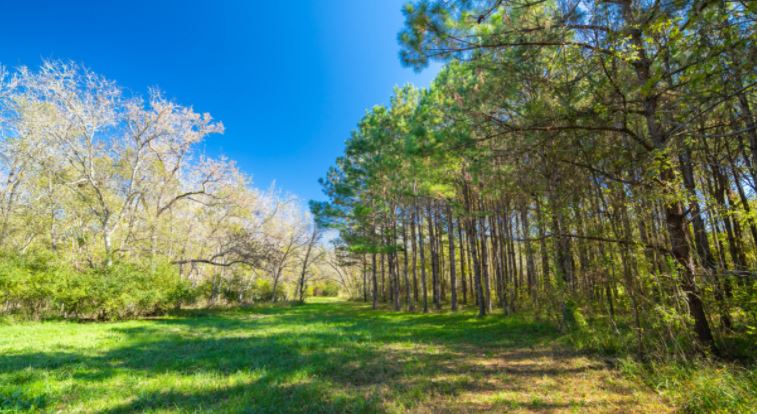Are you considering converting your Walker County ag land to wildlife management use? First, what exactly is a wildlife exemption? A wildlife exemption is an alternative type of agricultural tax valuation that keeps your property taxes low while you manage for native wildlife on your land. We like to call it wildlife management use of the land.
Switching over to wildlife management use is a no-brainer for property owners that buy ag land with no intention of running a commercial farming or ranching operation. It allows property owners in Walker County and elsewhere to enjoy their property. And an agreeable tax rate on their undeveloped ag land.
Can I Get a Wildlife Exemption in Walker County?
To qualify for wildlife management use, the land must have been qualified and appraised as agricultural or timberland land during the year before the owner changes to wildlife management use. For example, an owner who wishes to qualify for wildlife management in the 2022 year must be able to show that the land qualified for and was appraised as agricultural or timber land in the 2021 year.
This applies for all agricultural properties in Walker County. There is another stipulation for small tracts, those less than 12.5 acres in size. These tracts may still be able to convert to a wildlife exemption as long as they were not reduced below 12.5 acres in size size during the previous tax year.

Wildlife Management Requirements in Walker County
There are specific Texas Administrative codes that outline the requirements for using wildlife management as an ag practice. The following criteria must be met in regard to current use of land:
- The primary use of the property must be for wildlife management.
- Land must be actively used to generate a sustaining breeding, migrating, or wintering population of indigenous (native) wild animals.
- The owner must perform at least 3 of the7 wildlife management activities specified by law: (1) habitat control, (2) erosion control, (3) predator control, (4) providing supplemental supplies of water, (5) providing supplemental supplies of food, (6) providing shelters, and/or (7) making census counts to determine population.
- The landowner must submit a detailed wildlife management plan to the Walker County Appraisal District that outlines (1) the native wildlife species that they will manage for, and (2) the 3 or more wildlife management activities that will occur on the property annually.
Applying for a Wildlife Exemption in Walker County
The application process can be daunting for property owners that are not wildlife management professionals. Though many owners are interested in managing to benefit wildlife, most do not want to tackle the job of developing a management plan for a native wildlife species.
The management plan must outline at least 3 wildlife management activities that benefit that species. And those activities must meet the minimum intensity levels for Walker County and the Pineywoods Wildlife Appraisal Region.
We understand that the process of converting a property to wildlife use is a steep learning curve for most owners. We can help. We specialize in the development of customized management plans for wildlife exemption in Walker County. We can work with you to find management practices that work for you and your land. Please contact us at no obligation to find out more about how we can help you.
